Bargain Buys on AircraftForSale: 1969 Mooney M20E Chaparral
Plane and Pilot
JANUARY 18, 2025
Additionally, the interior and paint were done in 2001/2002 and still show like new, To make an already quick and efficient airplane even more slippery, a previous owner has installed a number of drag-reduction modifications. These include a new nose bowl and dorsal fin/tail root fairings from Lasar Speed Mods.





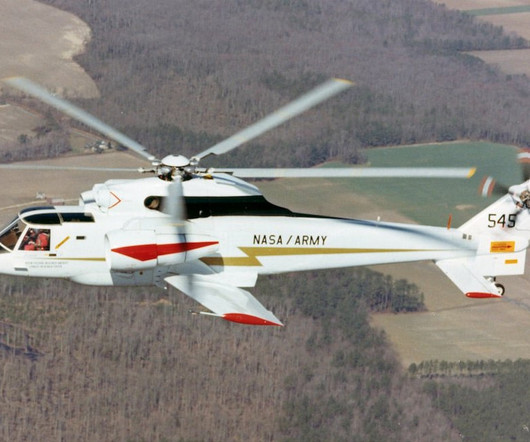

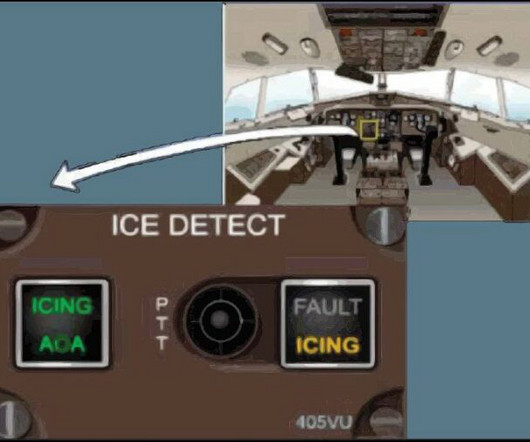
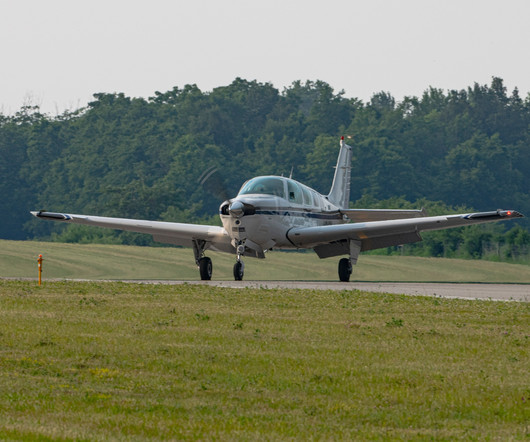

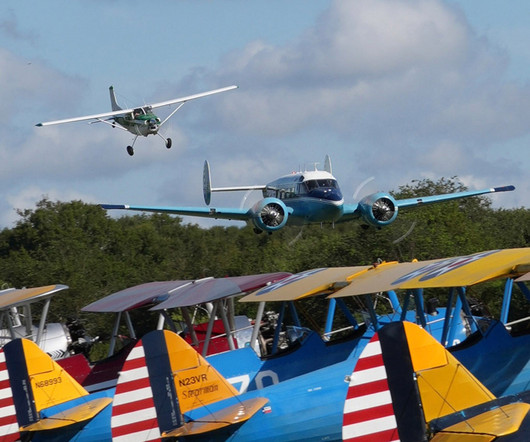


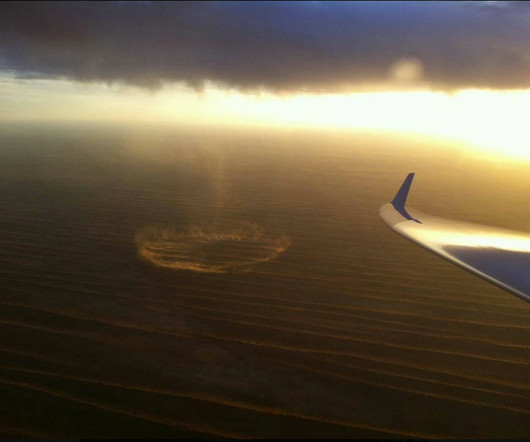


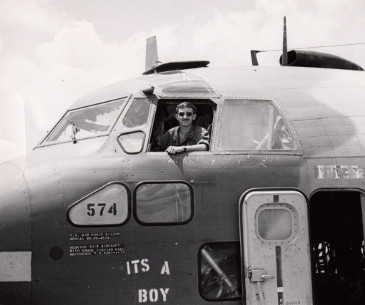







Let's personalize your content